Best Practices Articles
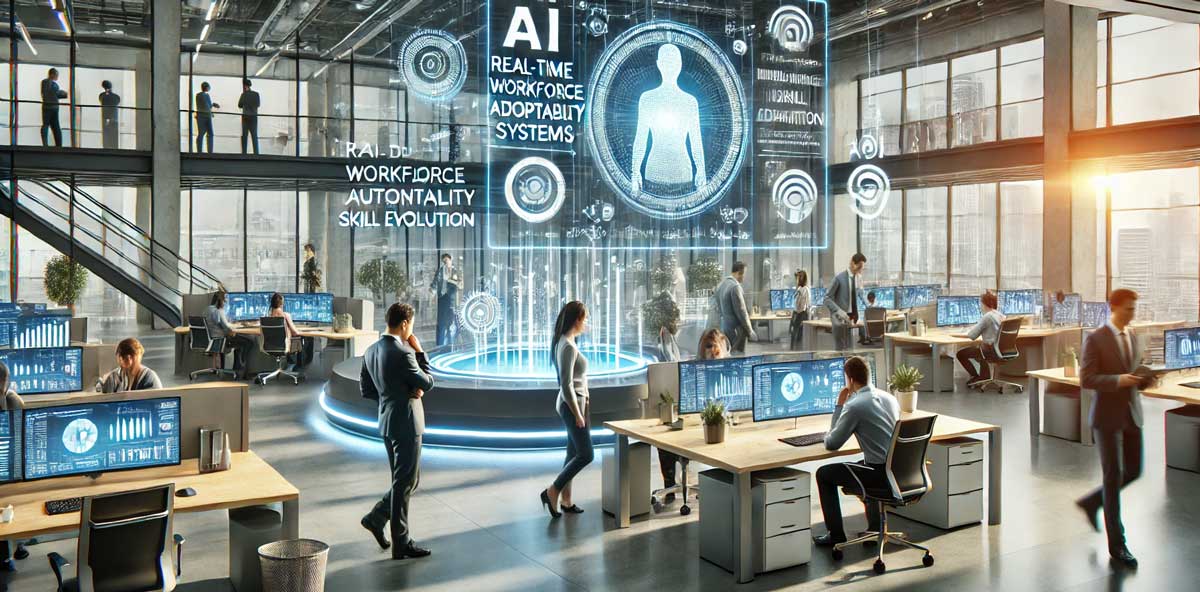
AI Impact on Jobs: Metrics for Measuring Workforce Transformation
Artificial Intelligence (AI) is transforming the job market. The AI impact on jobs is evident as it automates tasks, enhances efficiency, and creates new roles. While AI adoption offers numerous opportunities, it also raises concerns about job displacement and evolving skill demands. To navigate these changes, organizations must measure the AI impact on jobs by tracking productivity, workforce adaptability, and skill evolution.
This article explores key metrics to assess the AI impact on jobs, providing businesses with insights to manage AI integration effectively. Companies can utilize these indicators to train employees, implement AI ethically, and stay competitive in an evolving job landscape. Understanding AI-driven workforce transformations enables organizations to anticipate challenges and equip their employees with the necessary skills for future success.
Additionally, AI is transforming industries at an accelerated rate. AI-driven automation reshapes businesses ' operations from healthcare and finance to manufacturing and retail. Companies that fail to adapt to these changes risk falling behind. Therefore, tracking AI’s workforce impact is critical for long-term success.
AI is also influencing business decision-making processes. Companies can anticipate industry trends, customer behaviors, and internal workforce needs with predictive analytics and machine learning. AI enhances current job functions and creates new opportunities for data-driven decision-making. To get the most out of AI, companies should develop simple ways to measure its effect on jobs and workforce performance.
The Need for Metrics in AI Workforce Transformation
AI is reshaping industries. AI impact on jobs differs across sectors. Metrics help organizations measure productivity, job shifts, and skill evolution.
They also track trends and guide workforce strategies. AI can replace routine jobs but also creates opportunities for new roles in technology, analytics, and customer experience.
Businesses can use metrics to manage workforce transformation and refine AI strategies effectively. They can also ensure ethical AI use, preventing unnecessary job displacement while fostering career growth. Businesses must also understand that AI integration is about replacing jobs and augmenting human intelligence and capabilities. AI helps employees become more efficient, handle complex problems, and develop innovative solutions.
Industries that effectively integrate AI will see rapid advancements in efficiency and scalability. For example, the retail sector has leveraged AI-driven automation for inventory management, customer engagement, and supply chain optimization. Similarly, AI-powered diagnostic tools help doctors provide faster and more accurate treatments in the medical field.
Furthermore, AI plays a crucial role in fields like cybersecurity, which helps detect and prevent cyber threats in real time. AI personalizes learning experiences in education, making it easier for students to grasp complex concepts. As these advancements continue, the need for precise metrics to evaluate their workforce impact grows stronger.
Tracking AI’s impact is also essential in government and policy-making. Governments need reliable data to assess how AI influences employment rates, job displacement, and economic development. Governments and businesses should collaborate to develop policies that create AI-driven jobs while reducing employment risks.
Key Areas of Focus
Organizations must measure AI’s impact in three main areas:
- Workforce Productivity: AI improves efficiency and output. Employees can focus on strategic tasks instead of repetitive ones. AI-driven automation helps businesses scale operations without additional labor costs.
- Skill Evolution: Employees must acquire new competencies to adjust to AI-driven workplace transformations effectively. The integration of AI significantly redefines the demand for technical expertise, particularly in data analysis, machine learning, and problem-solving. Organizations must develop training programs to upskill their workforce and remain competitive in an AI-driven world.
- Economic Impact: AI affects labor costs, job creation, and business profitability. Companies must track whether AI implementation leads to cost savings, increased efficiency, or higher revenues. Understanding these economic trends will help businesses optimize AI adoption without negatively impacting their workforce.
- Job Satisfaction and Employee Retention: Organizations should assess how AI adoption influences employee morale and retention rates. Organizations that implement AI without proper workforce alignment risk losing valuable talent.
- Regulatory Compliance and Ethical Use: Businesses must ensure their AI systems comply with labor laws and ethical standards. AI bias and discrimination are growing concerns. Organizations must monitor AI’s hiring, pay, and job distribution fairness.
Metrics for Measuring AI Impact on Jobs
Productivity Metrics
AI makes processes faster and more accurate. Key productivity metrics include:
-
- Output per Employee: Measures how much work employees complete in a given time. AI tools like robotic automation improve efficiency in manufacturing and customer service.
- Time Saved per Task: Tracks time reductions after AI adoption. Chatbots, for example, handle customer inquiries faster. AI-driven scheduling tools optimize workflow management.
- Error Reduction Rate: Measures how AI reduces mistakes. AI-powered diagnostic tools improve healthcare accuracy and reduce errors. In financial services, AI-driven risk assessments minimize costly human errors.
- Task Automation Rate: This shows the percentage of tasks AI handles without human intervention. A higher rate indicates better AI efficiency and reduced manual workload.
- Process Optimization Index: Evaluate how AI-driven systems improve operational workflows. Businesses that optimize AI processes often experience lower overhead costs and improved service quality.
- Cost Efficiency Score: Tracks operational reductions due to AI adoption, comparing pre- and post-AI implementation expenses.
Workforce Adaptability Metrics
Employees must learn new skills to work with AI. Key adaptability metrics include:
-
- Training Completion Rates: Measure how many employees complete AI training programs. High rates show workforce readiness. AI-driven training modules improve learning experiences.
- Role Transition Success Rate: Tracks how well employees move into AI-assisted roles. Employees are transitioning from manual data entry to AI-powered data analysis systems. Companies should track how long transitions take and their overall success.
- Employee Satisfaction Scores: Measure how employees feel about AI integration. High scores indicate smooth adoption and minimal resistance. Measuring engagement levels during AI rollouts helps determine long-term acceptance.
- Change Management Index: Evaluates how well companies manage AI-driven changes. This metric considers employee feedback, leadership support, and adoption speed.
- Employee Collaboration Index: Measures the effectiveness of human-AI collaboration. Employees must learn to work alongside AI tools rather than against them.
- Workforce Flexibility Rate: Assesses how easily employees can adapt to AI-driven changes and transition between roles.
Skill Demand Metrics
AI changes which skills are in demand. Businesses must track:
-
- Emerging Skill Index: Measures demand for machine learning and data analytics skills. Python programming is in high demand due to AI-driven projects. AI literacy and ethical AI training are also becoming essential.
- Skill Gap Analysis: Compares current workforce skills with AI requirements. This helps businesses prioritize training programs. Recognizing skill gaps early helps prevent workforce shortages and ensures a smoother transition to AI-driven roles.
- Upskilling ROI: Evaluate training effectiveness. It measures productivity improvements against training costs. Companies should assess whether AI-focused training leads to career progression.
- AI Certification Rate: Tracks how many employees complete AI-related certification programs. Higher certification rates indicate a workforce prepared for AI-integrated environments.
- Innovation Readiness Score: Assesses how well employees can develop and implement AI-driven solutions within their roles.
- AI Adoption Knowledge Index: Measures how well employees understand AI-related tasks and processes.
Conclusion
Measuring the AI impact on jobs helps businesses understand how AI is changing the workforce. Tracking productivity, skills, and economic implications allows companies to implement AI responsibly. Organizations that embrace AI while ensuring workforce adaptability will thrive in the evolving job market.
Using data-driven AI strategies ensures innovation, ethical practices, and long-term workforce success. As AI changes, businesses must monitor its effect on jobs and invest in their employees to stay competitive. Companies that do not assess AI’s influence may struggle to remain competitive in a rapidly evolving market.
Integrating AI into the workforce helps improve productivity, drive innovation, and support long-term economic growth. The organizations that succeed will be those that focus on both technological advancements and workforce empowerment.
Read our article on "How to Adapt to AI Impact on Jobs."
Best Practices Guidebook
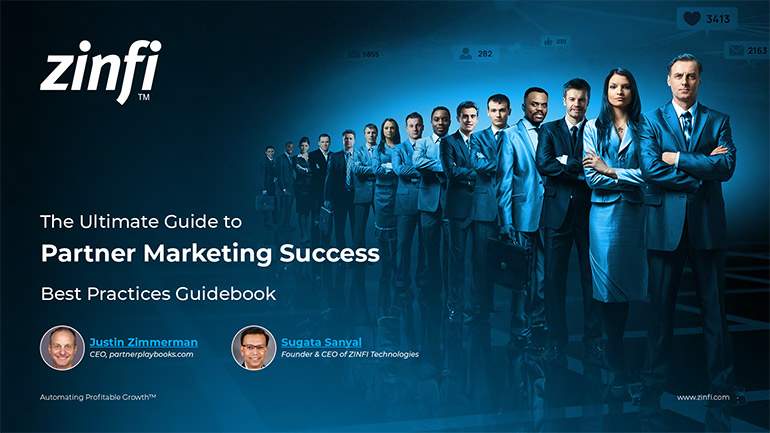 The Ultimate Guide to Partner Marketing Success Best Practices
The Ultimate Guide to Partner Marketing Success Best PracticesDownload Guide
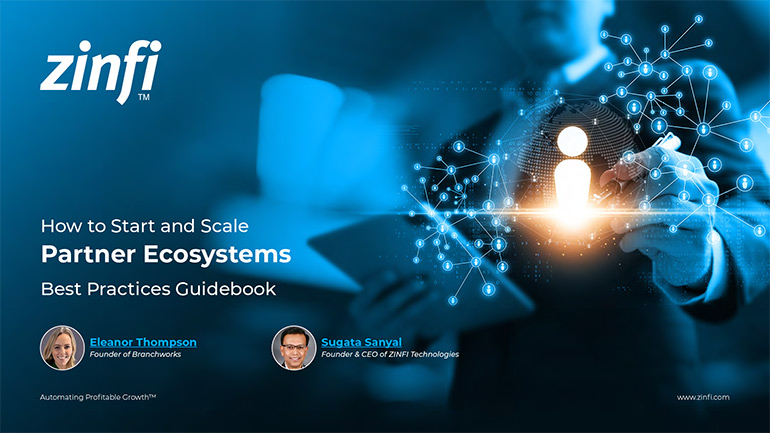 How to Start and Scale Partner Ecosystems Best Practices
How to Start and Scale Partner Ecosystems Best PracticesDownload Guide
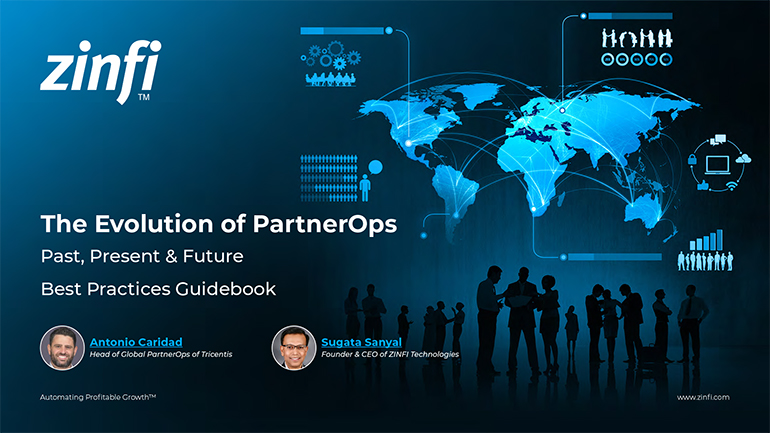 The Evolution of PartnerOps: Past, Present & Future Best Practices
The Evolution of PartnerOps: Past, Present & Future Best PracticesDownload Guide
 Mastering Channel Sales: Strategies, Best Practices, and Growth Tactics for 2025
Mastering Channel Sales: Strategies, Best Practices, and Growth Tactics for 2025Download Guide
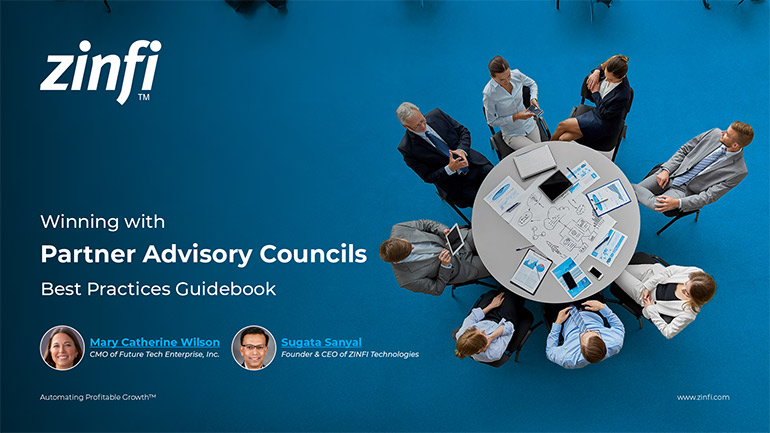 Winning with Partner Advisory Councils: Best Practices for Partner Engagement & Growth
Winning with Partner Advisory Councils: Best Practices for Partner Engagement & GrowthDownload Guide
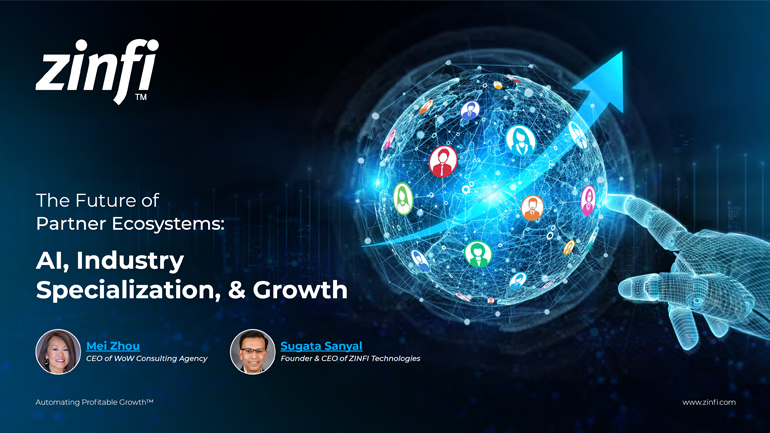 The Future of Partner Ecosystems Best Practices
The Future of Partner Ecosystems Best PracticesDownload Guide
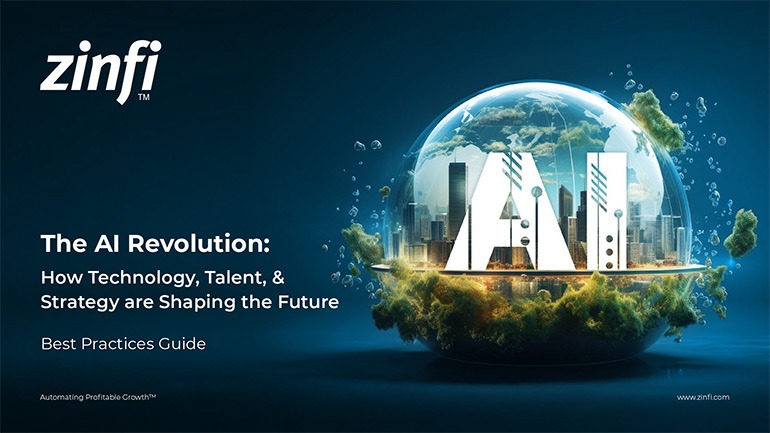 The AI Revolution: How Technology and Talent are Shaping the Future
The AI Revolution: How Technology and Talent are Shaping the FutureDownload Guide
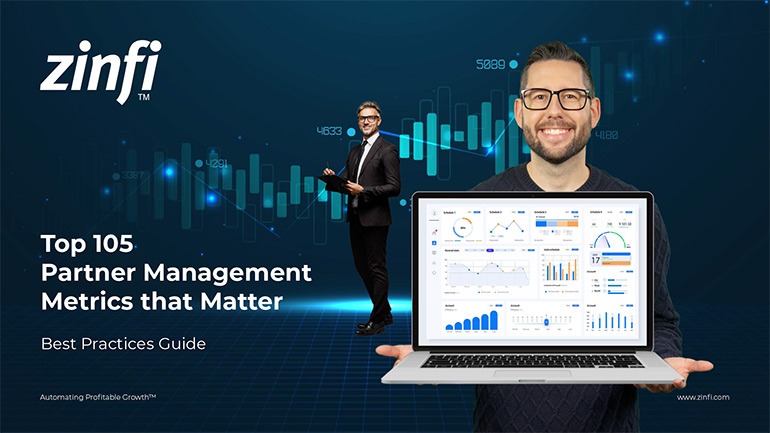 Top 105 Partner Management Metrics that Matter Best Practices
Top 105 Partner Management Metrics that Matter Best PracticesDownload Guide
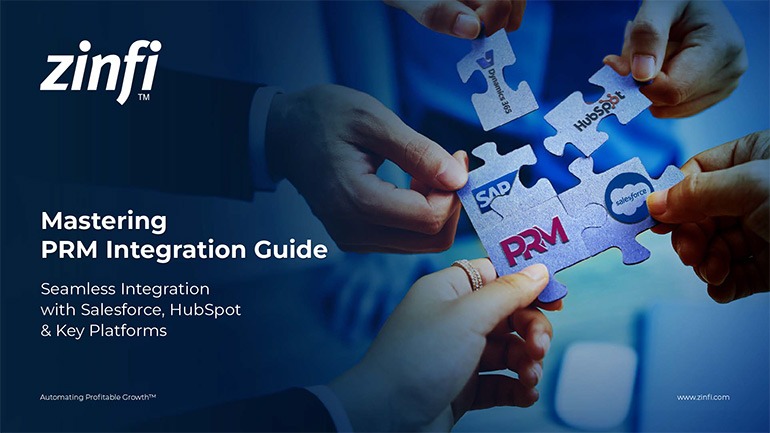 Mastering PRM Integration Best Practices
Mastering PRM Integration Best PracticesDownload Guide
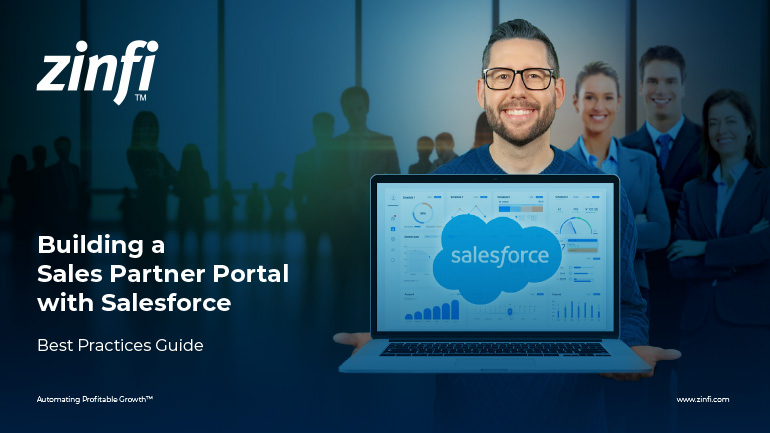 Building a Sales Partner Portal with Salesforce Best Practices
Building a Sales Partner Portal with Salesforce Best PracticesDownload Guide
 Building and Managing Partner Ecosystems Best Practices
Building and Managing Partner Ecosystems Best PracticesDownload Guide
 Mastering Co-Marketing and Co-Selling Best Practices
Mastering Co-Marketing and Co-Selling Best PracticesDownload Guide
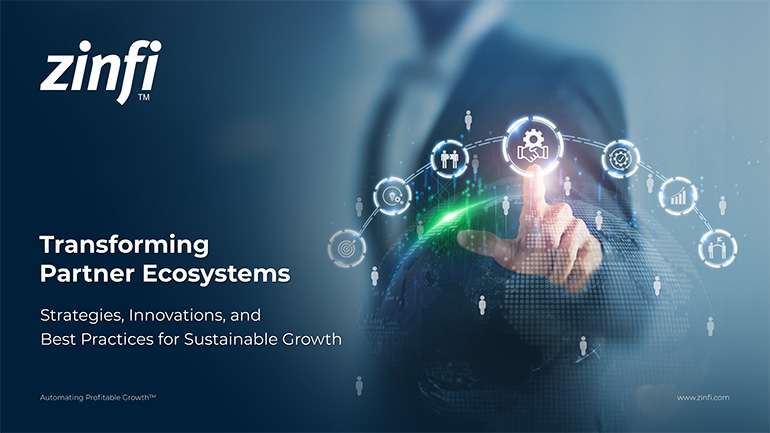 Transforming Partner Ecosystems Best Practices
Transforming Partner Ecosystems Best PracticesDownload Guide
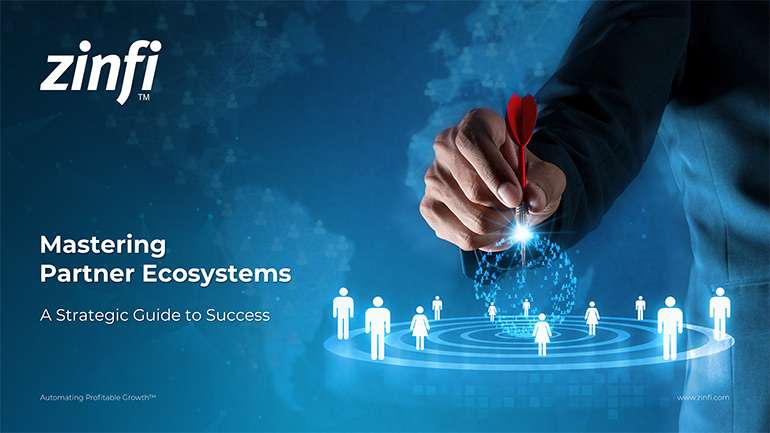 Mastering Partner Ecosystems Best Practices
Mastering Partner Ecosystems Best PracticesDownload Guide
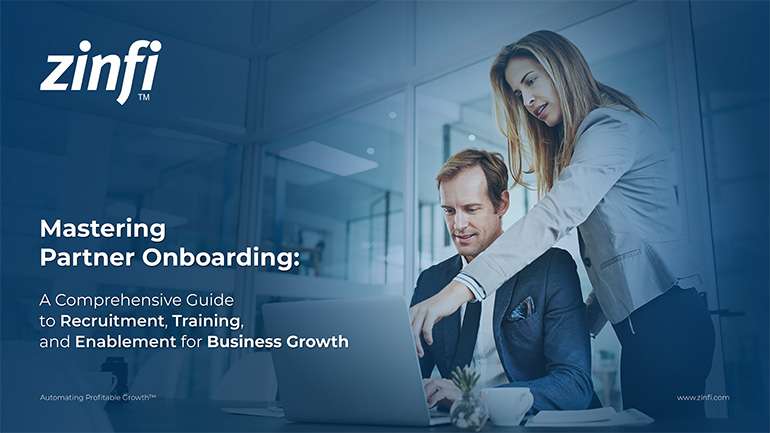 Mastering Partner Onboarding Best Practices
Mastering Partner Onboarding Best PracticesDownload Guide
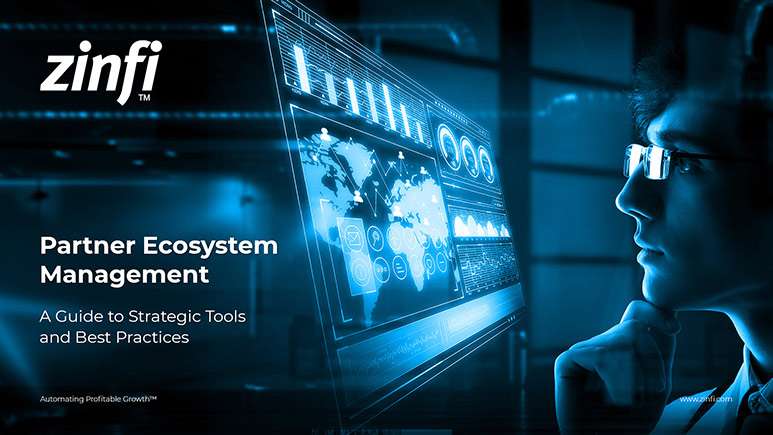 Partner Ecosystem Management Best Practices
Partner Ecosystem Management Best PracticesDownload Guide
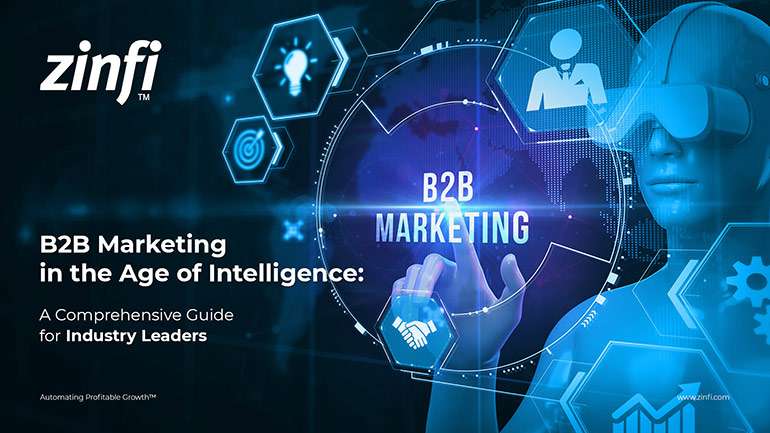 B2B Marketing in the Age of Intelligence Best Practices
B2B Marketing in the Age of Intelligence Best PracticesDownload Guide
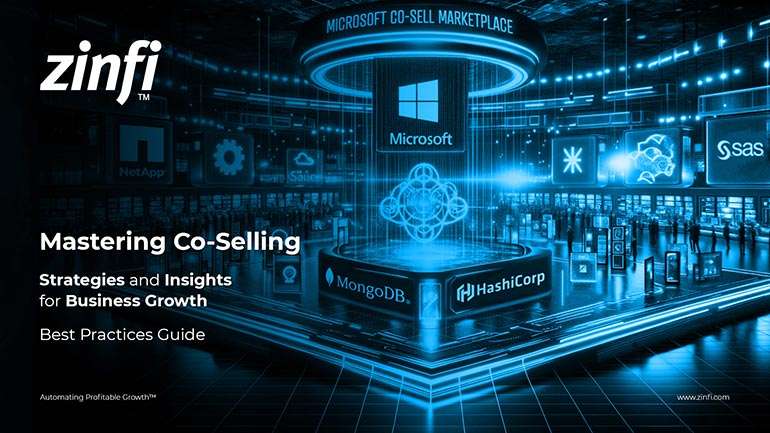 Multi-Partner Co-Selling Best Practices
Multi-Partner Co-Selling Best PracticesDownload Guide







